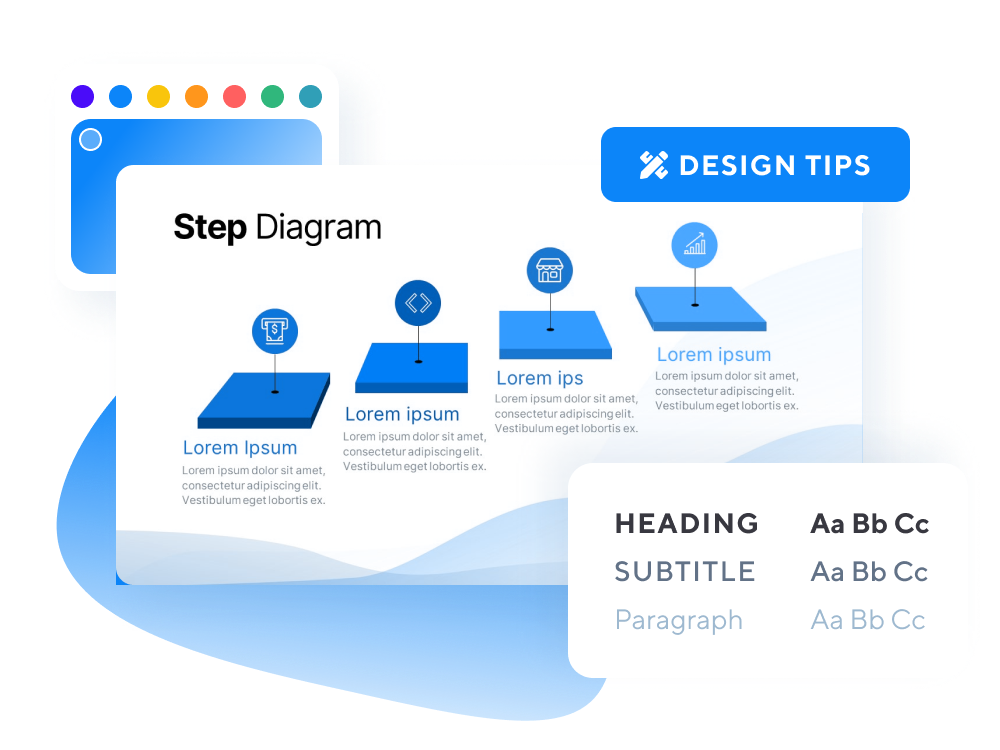Pitch Deck Guide › Traction Slide
Traction Slide
Learn how to build a winning traction slide for your pitch deck with this step-by-step guide.
Learn how to build a winning traction slide for your pitch deck with this step-by-step guide.
From an investor’s perspective, it’s easy to get behind a startup that has gained some momentum with demonstrable traction.
The traction slide should include the milestones and metrics that demonstrate your startup’s success to-date. Sometimes, this slide will include logos of notable press, partners, or customer – or even a testimonial quote from one of them.
This information is important for investors to understand the value of what you have built (which directly translates to the valuation they invest at – and the percentage of the startup that the founders will own post-money).
Much like a sales pipeline or customer list, the traction slide demonstrates quantitative and qualitative measures to evaluate the success of a startup. It’s worth noting that traction metrics differ greatly based on the startup stage and market. Nonetheless, here are a couple suggestions of metrics you can use to show traction:
Month-over-Month Growth
Focusing on monthly growth helps to highlight the number of people who have signed up, the number of active users, and how long they have used your app or product.
Revenue Growth
Although startup revenue is not that important for investors (esp. at the early-stage), it remains a key determinant of startup valuation. The number of leads and prospects in your sales funnel can substitute for revenue for early-stage firms.
Past Experience
For pre-revenue or pre-seed startups that haven’t yet gained any traction, the traction slide can be replaced with an Experience slide: highlighting key metrics of the founding team’s experience and why they are the right people to execute on this opportunity.
Follow along with this brief guide for what you should include in your pitch deck’s traction slide:




An effective traction slide should present a compelling growth story for your startup and showcase your success to-date. Early-stage founders may feel they can skip this slide, but there are many pre-revenue metrics that are equally important, such as growth in users, patents, or partnership/sales pipeline leads.
Below are some examples of winning traction slides from pitch decks for successful pitch decks for startups like Bolt, Copy AI, Branch and Sano Genetics:
Canix Traction Slide: After growing to $123k MRR in 16 months, this Y-combinator alum raised $2.5M in seed funding.
Bolt Traction Slide: Fintech startup Bolt raised a $393M Series D at its peak valuation of $6B with this deck.
Copy AI Traction Slide: raised $11M in seed funding from Sequoia Capital and Tiger Global after crossing $1M ARR in less than 12 months.
Branch Traction Slide: One of just eight slides that the insurtech startup used to raise a $174M Series C.
Sano Genetics Traction Slide: The precision medicine startup raised $11M in Series A funding after doubling revenue every 6 months for nearly two years.
Ladder Traction Slide: The ‘crown jewel’ of insurtech raised $100M in Series D funding having grown 4.5x YoY with a strong 5.2x LTV:CAC ratio.
Build your investor presentation with the pitch deck template created by the experts who have helped raise billions for top startups and Fortune 100 companies – trusted by hundreds of founders.